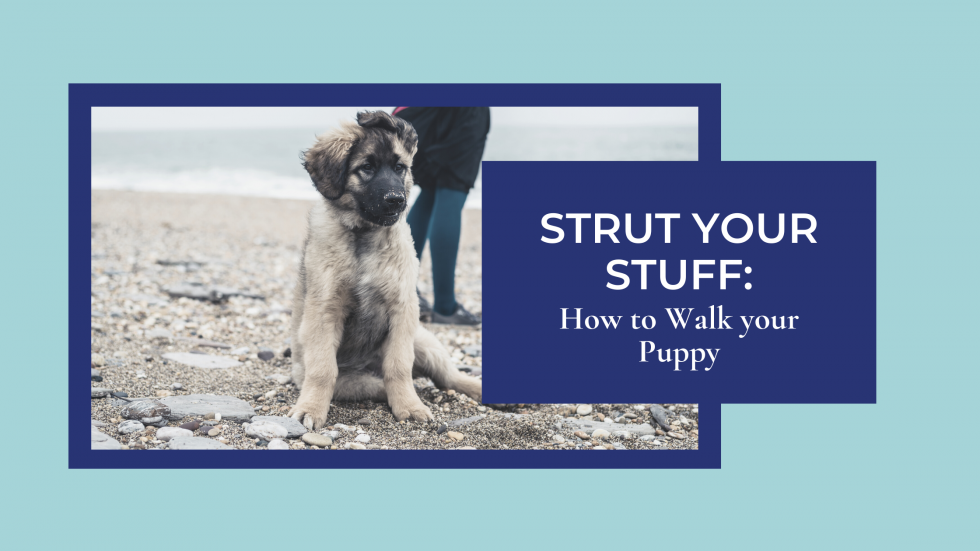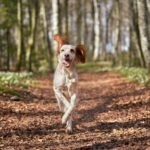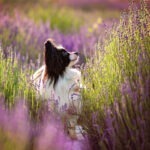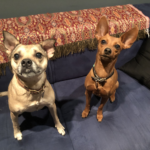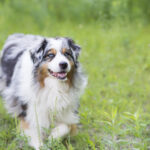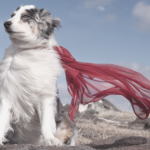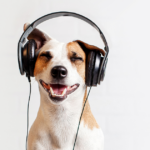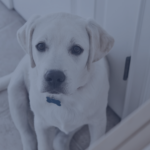It’s not uncommon for pet parents to think of leash walks as the go-to for physical exercise. You get a puppy, you walk him, right? It’s a no brainer.
While I am in no way discrediting the value of a leash walk, because gosh, they pack a lot of value, it’s how we are performing leash walks with our puppies that I want to dissect today. While you scratch your head, pondering how on earth one might walk their dog “wrong,” let’s talk a bit about walks.
Why do we walk our dogs? You might answer “why, to exercise my puppy (and potentially myself) of course!” We assume that a 15-minute walk before and after work is going to result in a generally satisfied puppy. While sometimes this is the case (where my Pug owners at!), for most dogs this amount of exercise is not going to cut it.
For many puppies, depending on their breed, age, and energy levels, they need much more than a jaunt around the block.
But we’re still going to do walks, because for these pups – in fact for the Pugs too – there’s actually a beautiful thing about walks: they offer our puppies a rich opportunity to exercise their minds. While out on a walk your puppy is constantly receiving and analyzing stimuli from the world around him. Sights, sounds, and smells are abundant in the outside world, and this is where we are going to get the most bang for our buck.
There’s a pre-requisite though. The puppy parent’s willingness. Puppy parents regularly come to me with complaints that their puppy is pulling on the leash, keeps stopping to eat leaves or to explore every new movement or sound they come across.
“How do I teach my puppy to heel on my left-hand side, like he’s supposed to?”
“How do I get my puppy to stop pulling…to stop sniffing everything when we go on walks?”
And my question back is, why? Why can’t he sniff? Why can’t he explore? Who said you had to walk your puppy in a left-sided heel the entire walk? It turns out these notions are very outdated.
The walks you take with your puppy really should be about the puppy, not you. Indeed, puppies make fantastic walking companions, and can motivate us to get off our rears when we really don’t feel like it, but don’t let that take away from this being your puppy’s time. This is about your puppy’s exercise, stimulation, and positive development. So, if we agree that walks should be approached with our puppy in mind, it’s time to let Rover start calling some of the shots.
The world is big and unknown for our puppies, and we have the tools and knowledge to help them learn about the safety and joy of it! Socialization is by far the most important thing to do with our puppies, and walks provide an excellent opportunity to work on this. Obedience is not time sensitive – you can get after it at any age – but socialization is. So let’s help our puppies discover what this world is all about. When our dogs are sniffing, they’re using their brains to navigate and interpret smells, they’re gathering information and they’re learning about the environment.
A 15-minute walk with frequent stops for sniffing is going to yield much better results than a 15-minute power walk with no stops.
Remember, your 2-month-old Labrador is not training for a marathon, so don’t be concerned about the pace at which he walks. It’s not about the distance covered. It’s about the smells smelled. So take a step back, and let Fido set the pace of the walk. Let him choose which way you go on your walk. Follow your puppy’s lead. When your puppy stops, stop with him! Let him sniff, listen, learn. When he’s ready to move forward again, you can carry on walking together. Having a choice can be liberating for humans, and dogs are no different. Something as simple as letting the dog choose which direction to turn on a walk can add value to the walk.
Confidence is built through experiences, and walks are a great opportunity to help your puppy build confidence around novelty. Bring your treats with you on your walk, and work on creating positive associations with stimuli your puppy encounters. Teach your puppy that people passing you on the sidewalk are great (they make hotdogs fall from the sky, after all). When a loud truck roars past, pair this with a high value reward to teach your puppy that this is OK; in fact, it’s more than OK! Not only does this teach your puppy that the world is safe, and novelty is exciting, but it works to build trust between you two, and further develops your bond.
There is no ‘right side’ or ‘proper position’ that your dog must walk on. That’s garbage.
Walk your dog the way you’re happy walking your dog, as long as you’re keeping your dog, yourself, and other people and dogs safe in the process. If you want your puppy to walk on your left-hand side, great! Let’s encourage him to do so and reward him for maintaining that position. You can teach him a cue such as “go sniff” to communicate that it’s now time to go explore, and then teach a separate cue such as “walk on” to indicate that we want him to move forward with the walk. That way your puppy gets plenty of adventure time, but you’re not getting tripped up every 5 seconds as your puppy swerves back and forth in front of your legs!
So bottom line: let’s table obedience goals at least until your puppy reaches sexual maturity at around six months of age. Use puppyhood to let him explore the world, find out that it’s safe, and build your bond with him. You and your puppy will be better for it.
Vanessa Charbonneau is the owner of Sit Pretty Pet Services and the author of “Dog Care for Puppies”.
Vanessa offers group classes and private training in Prince George, BC, as well as virtual training and classes, with her main focus being fearful and aggressive dogs. You can follow her on Facebook and Instagram.
